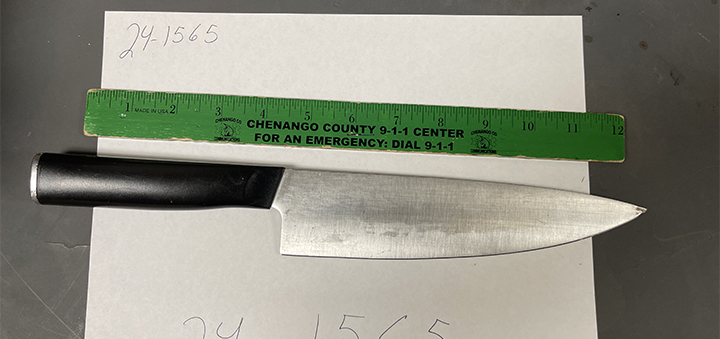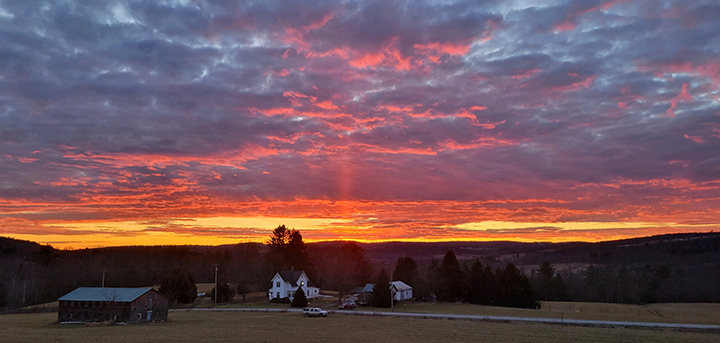Deciding What Is Best For Fall Food Plots
Published:
July 13th, 2017
Eric Davis
Mayhood’s Sporting Goods
CHENANGO COUNTY – Food plots that are planted later in the spring or summer can produce food for deer around the time that hunting season starts, and can be help make deer on your property easier to pattern.
While some food plot seed has been designed to be planted in the early spring so that it can be a quality food source during the summer months to aid in antler growth or in milk production, other plants have been designated to have later planting dates. Some of the plants grow edible roots, such as turnips, while others produce foliage that becomes more desirable as the weather becomes cold and nasty such as brassicas.
A third popular choice would be any of the grains, like oats, that provide the deer with carbohydrates that allows them to put on fat reserves for the winter. Soybeans and corn are also good late season food sources but may require more area and equipment than some people have to work with.
One of the biggest factors that determine the effectiveness of the food plot is the location. There are two trains of thought that would influence the effectiveness of the food plot. The first way location is crucial to effectiveness is the characteristics of the site in terms of soil composition, the amount of sunlight it receives and the amount of water it gets. These will influence how well the seeds germinate and grow. The amount of sun the site receives not only influences what plants will grow best but it can also indicate how fast snow might melt off after snow falls for the first few times, making the food plot available to be foraged on once the snow is gone.
The second way, the location is important if deer aren’t comfortable using the food plot because it is too exposed – they will use the plot nocturnally. Having deer in your plot only at night doesn’t help much. So look for a place that is somewhat excluded from view from a long distance.
This puts the deer more at ease, and they will be comfortable coming out to feed during daylight hours. “Micro plots” have become fairly popular as places to plant with the goal of creating a stopping spot on the deer’s way to a bigger food source (like a corn field). These plots are typically very small, like 50 yards by 50 yards if it’s perfectly square. Look for openings in the forest canopy that will allow light through.
Where a tree fell down in the spring storms would be a good choice since there hasn’t been too much time to allow other vegetation to come in and overtake the area. If you want to create the stopping point, try planting something that provides different nutrient than whatever the big food source does. Plant clover when near a cornfield, or plant oats when near a large green field.
Another important step is getting the seedbed as well prepared as you can. Not only does this mean tilling the soil but also fertilizing and correcting the pH. The seeds may grow in tilled soil, but they will grow best when you follow the instructions on the seed packaging.
Almost all soil will be slightly acidic and should have lime added to the soil to get the pH closer to neutral. Make sure you allow some time for the lime and/or fertilizer to work in the soil before planting your food plot.
If you want to use a no-till type of plot seed, you should try to do some basic preparations as well. Use a leaf rake and rake out all of the debris on the ground where you want the plot to be located. You want to maximize the seed and soil contact to improve germination and plot growth.
After your seeds have been planted and have started germinating, you might want to consider using an herbicide to keep weeds from growing and competing with the plot for light, water, and nutrients. Again, read the seed company’s directions to make sure you use the proper herbicide and don’t kill off your food plot in the process.
The final step in preparing for a good fall food plot is proper stand or blind placement. Not only do you want to be setup in a place to make a clean shot, you should also be able to get in and out quietly to avoid spooking deer that are in the plot either early in the morning or after it gets dark.
Make sure to consider the wind directions when placing stands. The major wind direction locally is usually west or northwest, due to the jet stream across the United States. We do tend to get southernly winds somewhat frequently as well. East winds are very rare, with less than a week total, during the fall. I tend to plan on a northwest wind when setting my primary stand location and then plan on a south wind for my secondary location. This gives you a place to hunt for more than 90 percent of the season.
By focusing your food plot effort on a plot with a later planting date, you can really improve your hunting odds this fall. Make sure to do your research and know what you want out of the plot before investing too much time and money into it.
– Mayhood’s Sporting Goods
Comments
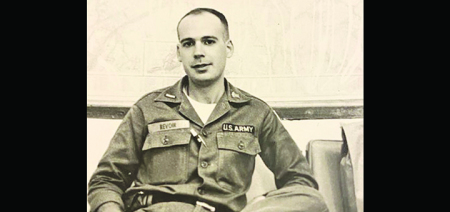
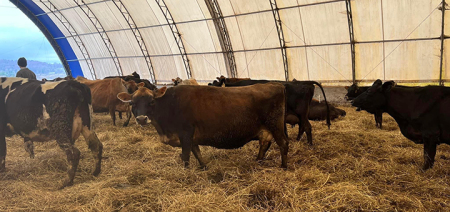
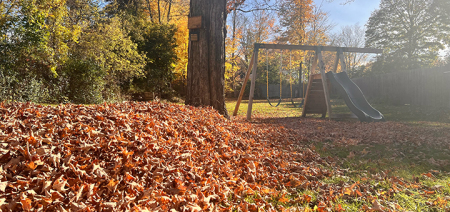
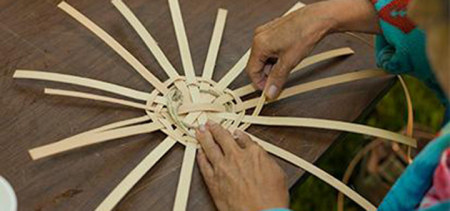
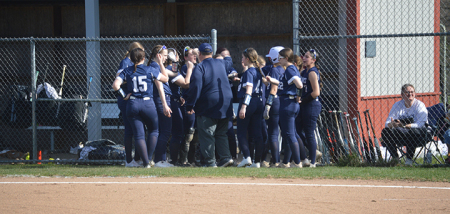
(1).jpg)
